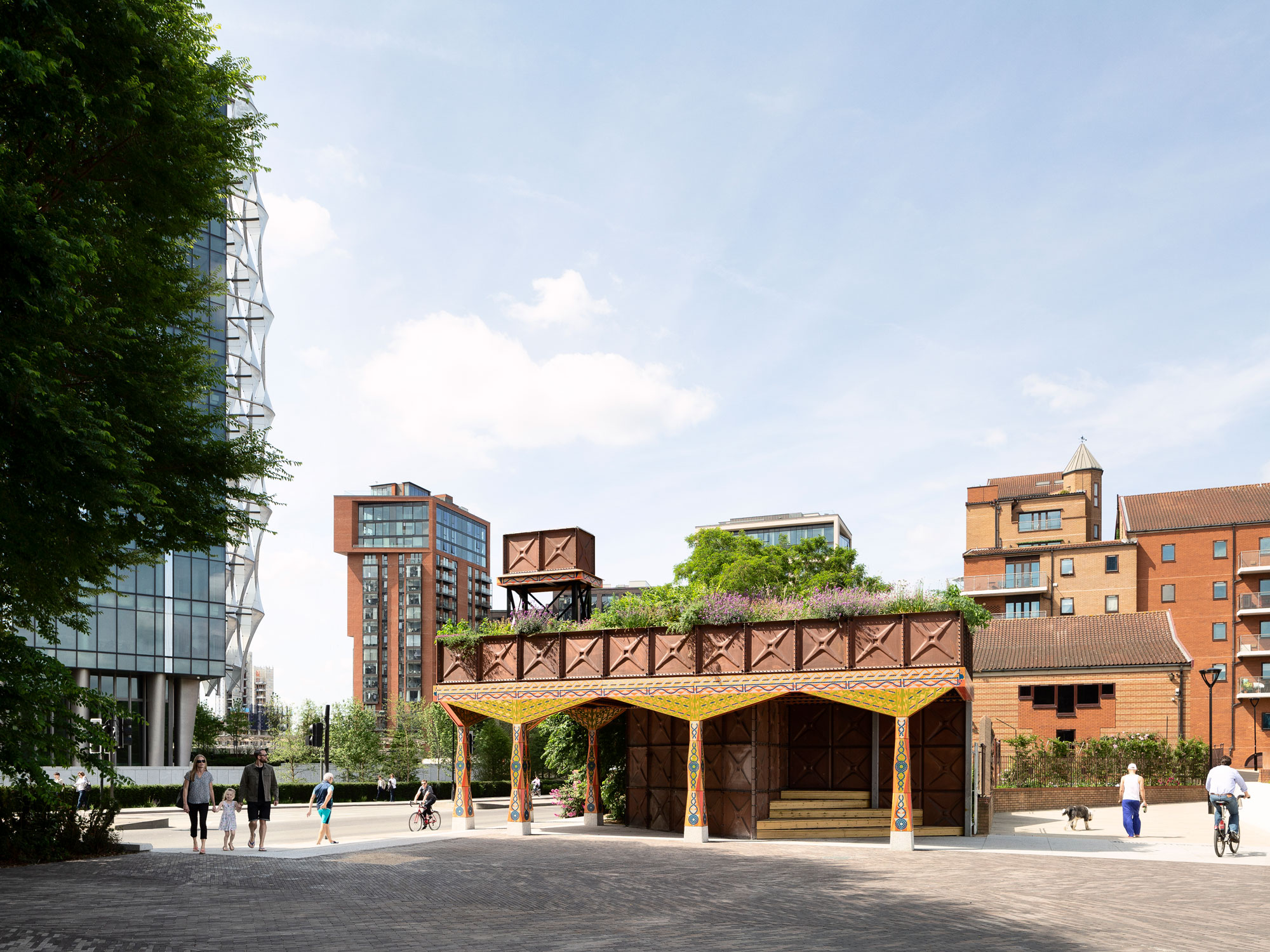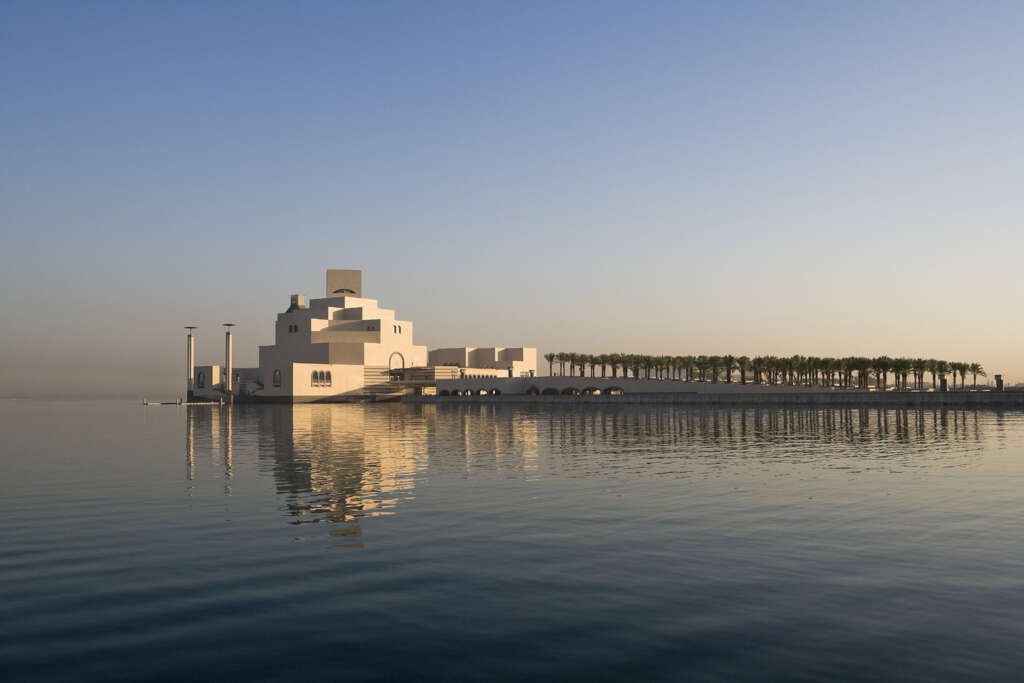
Reimagined Museum of Islamic Art
Architect: I.M. Pei
Interior Design: Wilmotte & Associés
Location: Doha, Qatar
Type: Museum
Year: 2022
Photographs: Chrysovalantis Lamprianidi
The following description is courtesy of the architects. Qatar Museums today reopened the iconic Museum of Islamic Art to the public following a year-long facilities enhancement project and the reimagination and reinstallation of its permanent collection galleries. The inauguration ceremony was attended by diplomats and cultural emissaries representing all nations of the region that together are celebrated as part of the Qatar-MENASA 2022 Year of Culture.
On the occasion, Deputy Prime Minister and Minister of Foreign Affairs His Excellency Sheikh Mohammed Bin Abdulrahman Bin Jassim Al Thani – accompanied by Minister of Culture His Excellency Sheikh Abdulrahman bin Hamad bin Jassim bin Hamad Al Thani, Her Excellency Minister of Social Development and Family Her Excellency Mariam bint Ali bin Nasser Al-Misnad and Minister of Youth and Sports His Excellency Salah bin Ghanim Al-Ali Minister of Culture – also inaugurated Flag Plaza, a new community space initiated by the Years of Culture programme, an international cultural exchange that deepens understanding between nations and their people first unveiled when Qatar won the bid to host the FIFA World Cup Qatar 2022™. Flag Plaza, located near the MIA Park, will serve as a community gathering space and a location for festivals, celebrations, and other events for the people of Qatar.
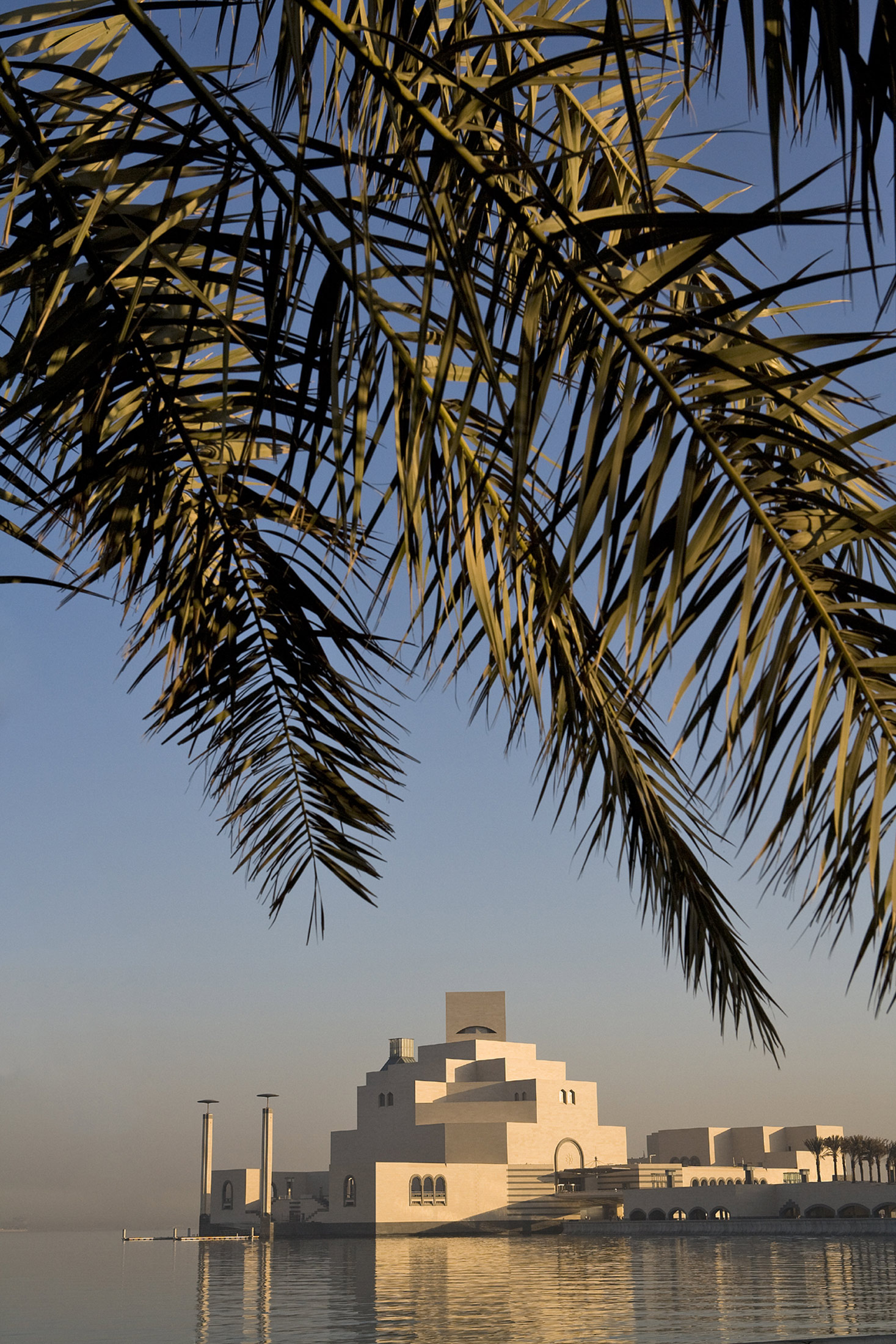
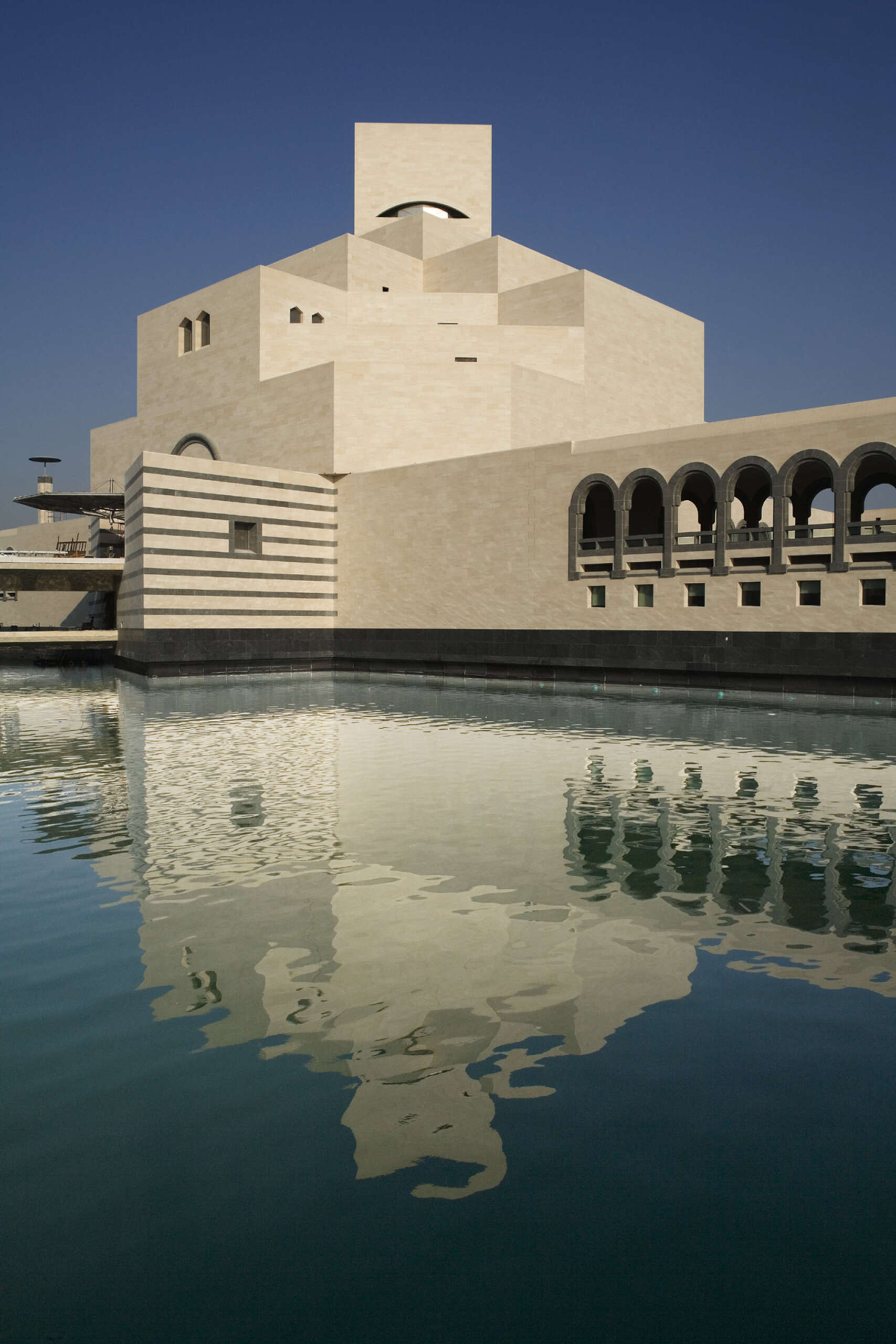
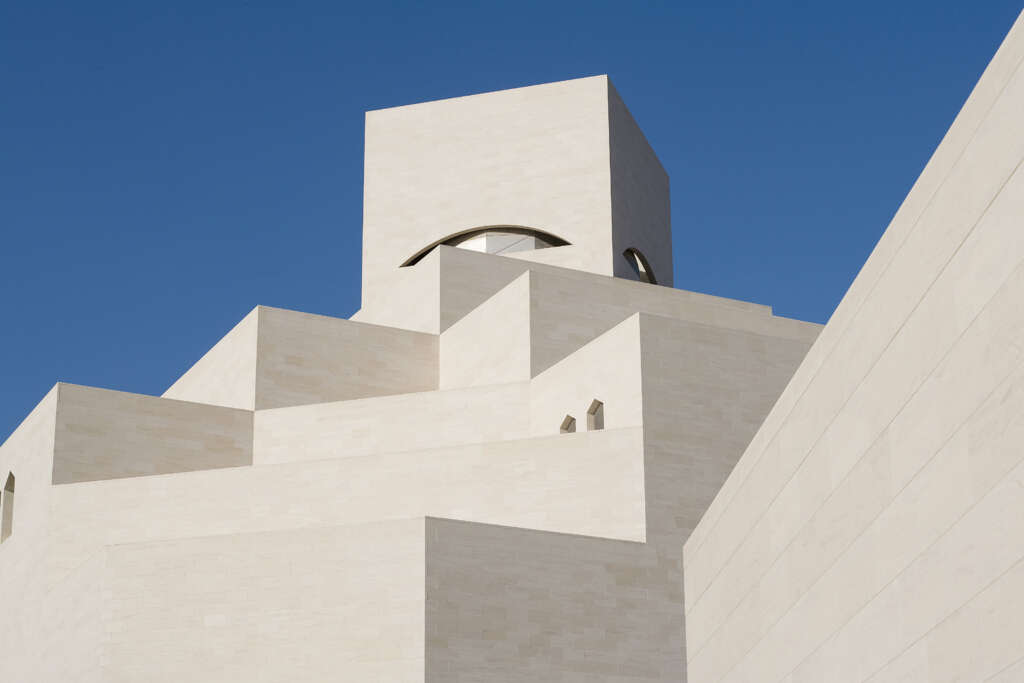
Her Excellency Sheikha Al Mayassa Bint Hamad bin Khalifa Al Thani, Chairperson of Qatar Museums, said: “It is with immense pride that we reintroduce the Museum of Islamic Art, inviting the community to discover the reimagined museum, and newcomers, including the many visitors who are coming to attend the FIFA World Cup, to experience it for the first time. The 2008 opening of the Museum of Islamic Art was a transformational moment for Qatar, marking the nation’s emergence as a new global cultural destination and paving the way for establishing other major museums and cultural institutions in the region. We look forward to the institution’s next chapter, which comes on the heels of Qatar Creates, a wide-ranging initiative which showcases and promotes the very best cultural experiences Qatar has to offer to help enhance the lives of all who reside in or visit the country. So many people came together to make today a reality, I thank them for their support and commitment to bringing our culture and history to the heart of our society.”
Her Excellency Sheikha Al Mayassa continued, “The Flag Plaza is an expansive symbol of the diverse community we welcome in Qatar and the rich connections made through cross-cultural interaction. Its meaning is beautifully embodied in Najla Al Zein’s stonework creation, which will be a permanent reminder of our global interconnectedness. I invite the people of Qatar and all who visit to make use of this new space, coming together in celebration of our common humanity.”
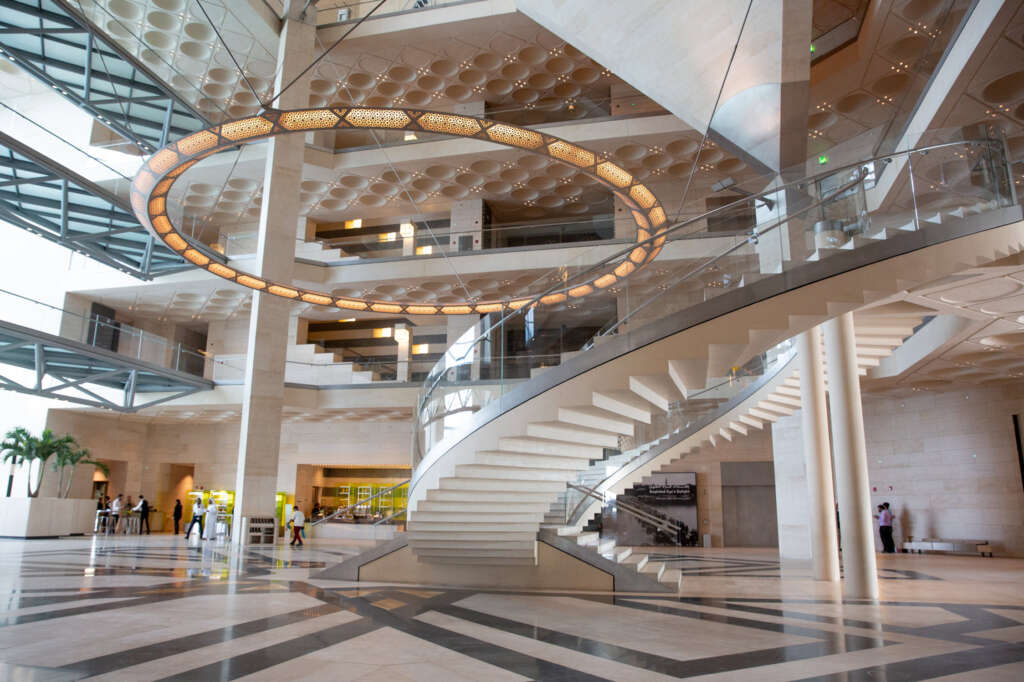
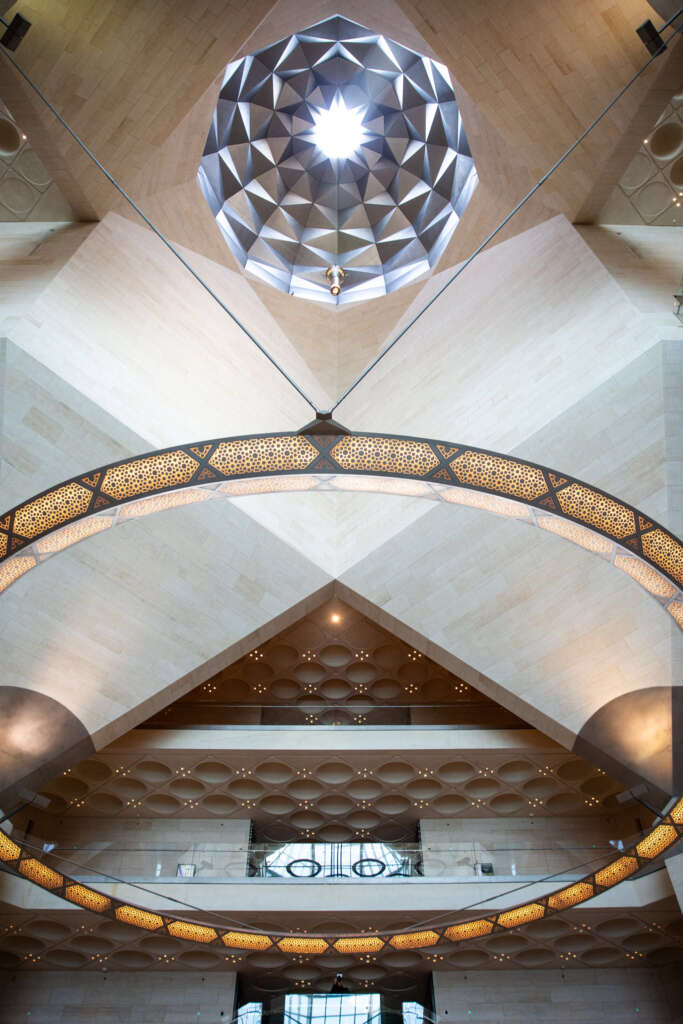
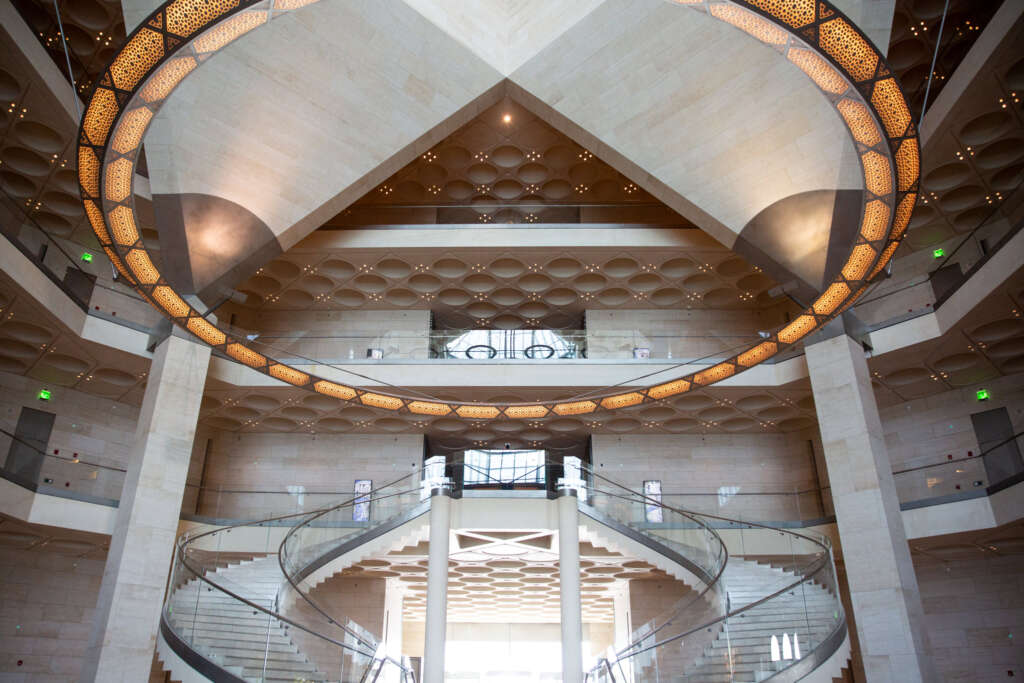
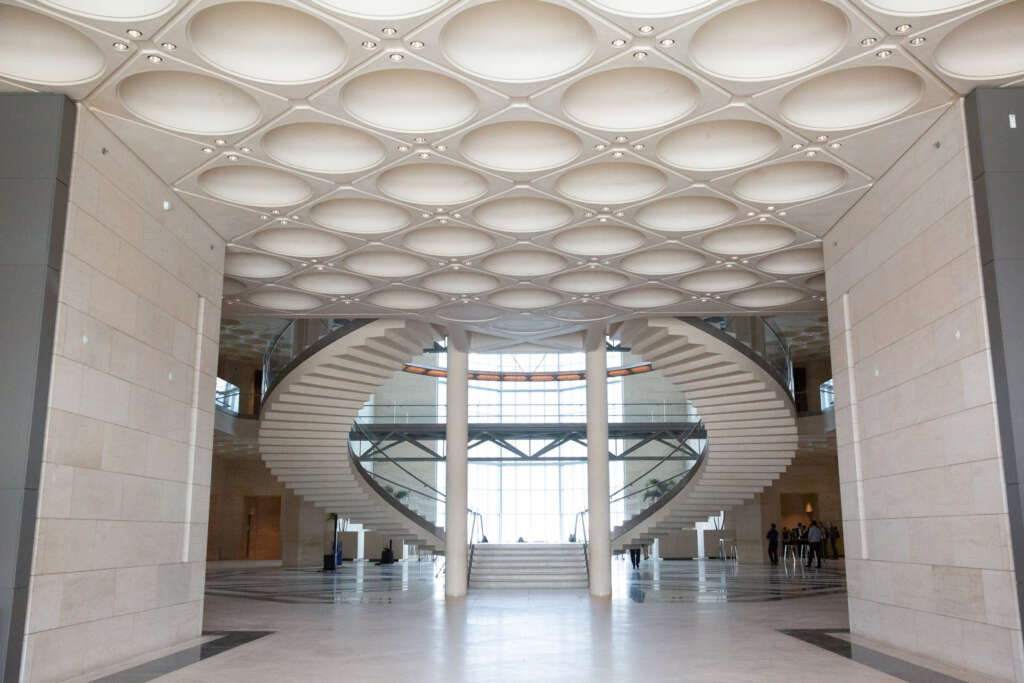
The Reimagined Museum of Islamic Art
The Museum of Islamic Art, an architectural tour de force designed by internationally acclaimed Pritzker Prize-winning architect I.M. Pei (1917-2019), was the first institution opened by Qatar Museums in 2008 under the leadership of Her Excellency Sheikha Al Mayassa. Prominently positioned on its own reclaimed island on the Corniche, specifically chosen by Pei, the Museum is a beacon for Islamic arts and a platform for international dialogue and exchange bridging past and present, East and West.
The reimagining of MIA’s collection galleries introduces a comprehensive visitor trail, creates expanded interpretive materials to help contextualise the masterworks, and provides new mobile and child-friendly resources to make the Museum more accessible for families and younger guests. The galleries are organised according to broad historical and cultural themes, periods and geography, and explore the great traditions of Islamic craftsmanship. MIA also introduces a new section on Islam in Southeast Asia with focus on the connection between different cultures through exhibits on the trade of commodities and the exchange of ideas across the Islamic world and beyond. The enhanced and expanded experience eases visitor flow to serve a larger audience with a reframed entrance and upgraded cafés and retail locations. All improvements to the building are in keeping with I.M. Pei’s vision. MIA once again collaborated with the French interior design and architecture firm first retained by I.M. Pei, Wilmotte & Associés, throughout the reinstallation process.
MIA Director Dr. Julia Gonnella, said: “I am honoured to lead this extraordinary institution into its next chapter. The extensive enhancement introduces an entirely new storyline that takes visitors on a comprehensive journey that provides a meaningful and enriching experience for children and families to explore the rich vast history of the Islamic world through our unparalleled collection.”
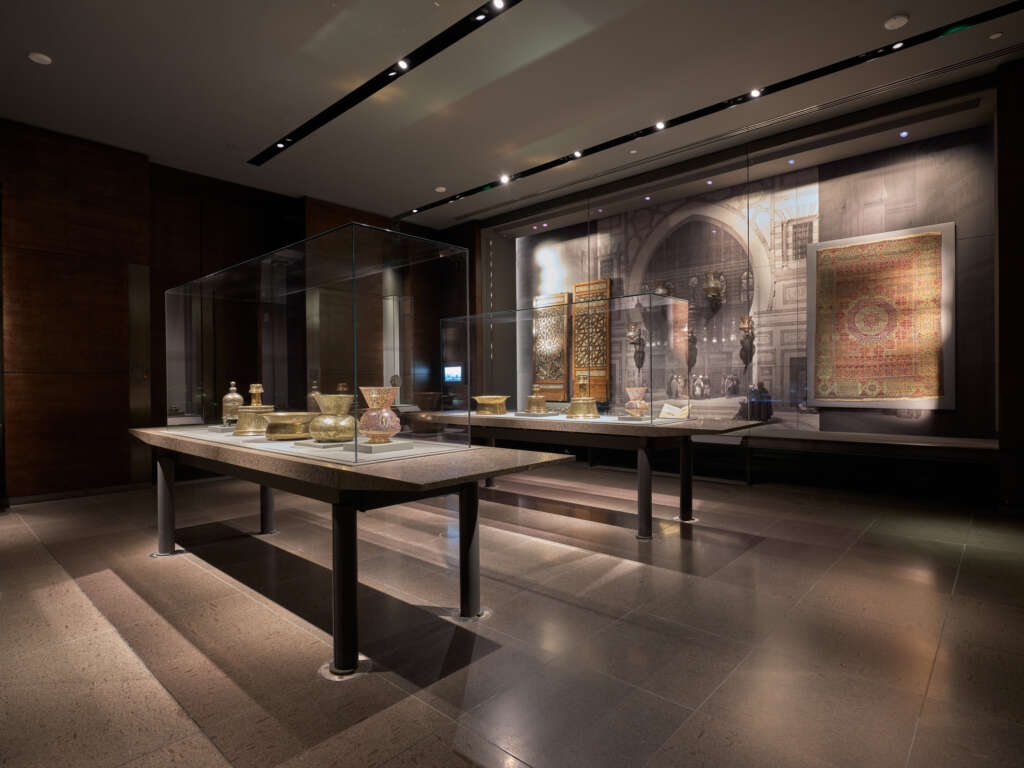
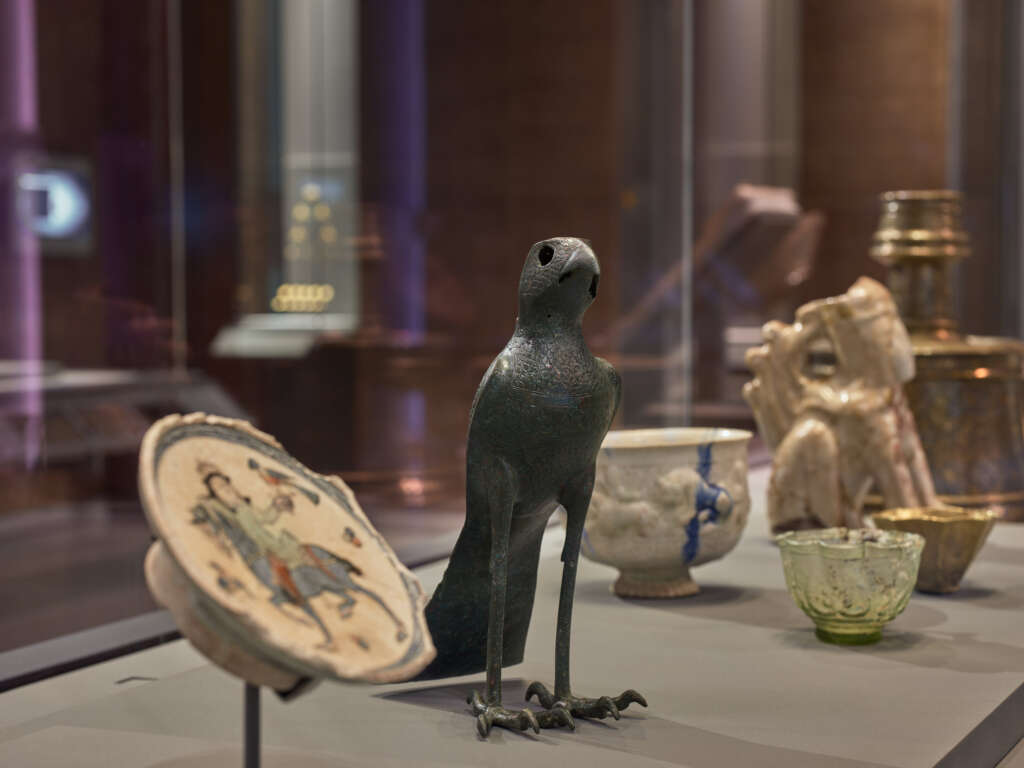
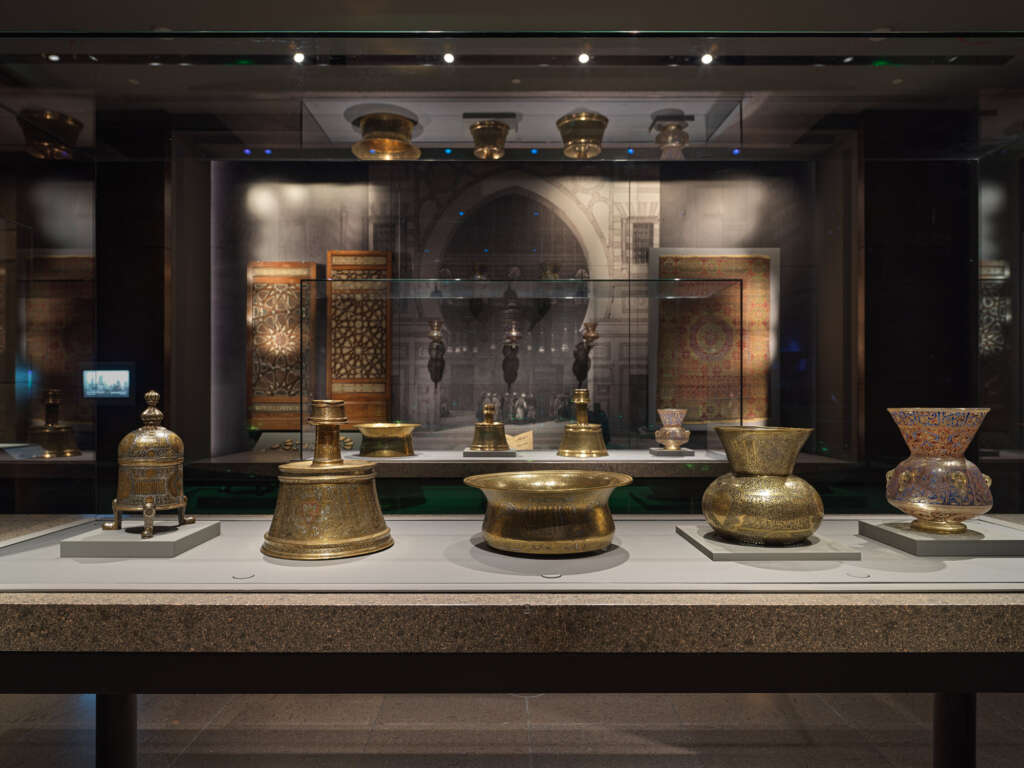
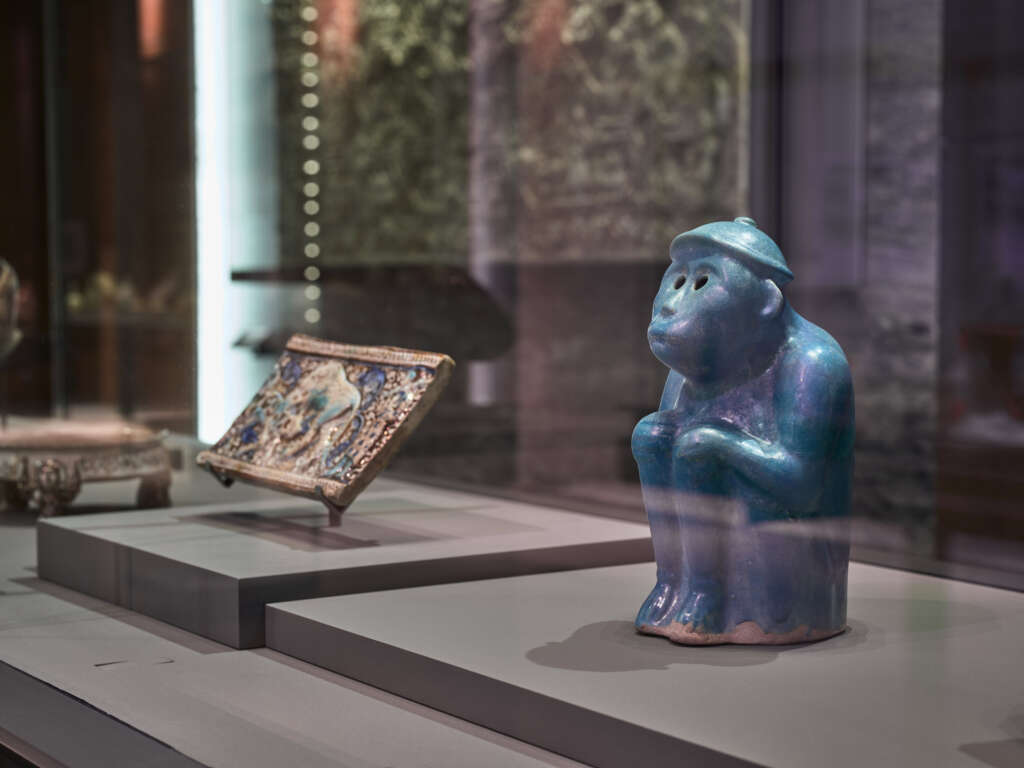
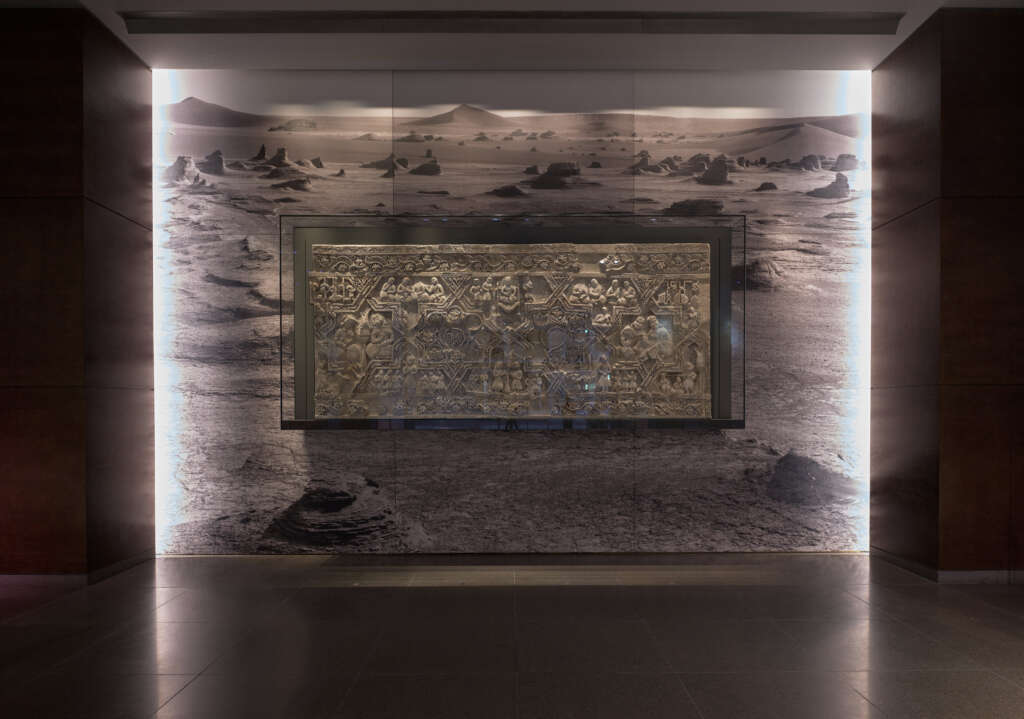
Flag Plaza
The Qatar Armed Forces Band Regiment, a musical unit of the national Armed Forces, performed at the inauguration ceremony, which was followed by the raising of 119 flags representing nations with diplomatic missions accredited by the state, as well the European Flag, the United Nations Flag and the Gulf Cooperation Council Flag.
The ceremony was attended by Her Excellency Sheikha Al Mayassa Bint Hamad bin Khalifa Al Thani, Chairperson of Qatar Museums, along with ambassadors of more than 100 nations.
Aisha Ghanem Al Attiya, Director of Cultural Diplomacy, Qatar Museums, said: “The Years of Culture initiative seeks to foster connections between people whenever possible. We believe that culture is one of the most effective tools to bring people closer together, encourage dialogue, and deepen understanding between nations. Flag Plaza will be one such physical location – where different cultures are celebrated, and people come together to make new connections.”
Najla El Zein said: “Us, Her, Him – is an installation that reflects on human interaction and connection. It is composed of a series of sculptural benches spanning over three hundred and thirteen meters of hand-sculpted limestone, sited all around the Flag Plaza. This is a place of unification, and working in a public space brought a new layer of meaning to my practice. The sculptures, which are intended as functional seating, illustrate various modes of interaction: acquaintance, friendship, love, introversion, confidence, familiarity, fluidity and obstruction. While each piece has its own individuality, they come together as a collective. I hope that my work will be a meaning part of this new public space, celebrating the commonality and connections that exist between individuals of all ages and backgrounds.”



